The jaguar (Panthera onca) is one of the most iconic and mysterious big cats roaming the wilds of the Americas. Known for its distinctive coat patterned with rosettes, this powerful predator commands both fear and admiration. Despite its status as a symbol of strength, the jaguar faces significant challenges in the modern world. Understanding the fascinating history and ongoing conservation efforts is crucial for ensuring its survival.
Origins and Evolution of the Jaguar
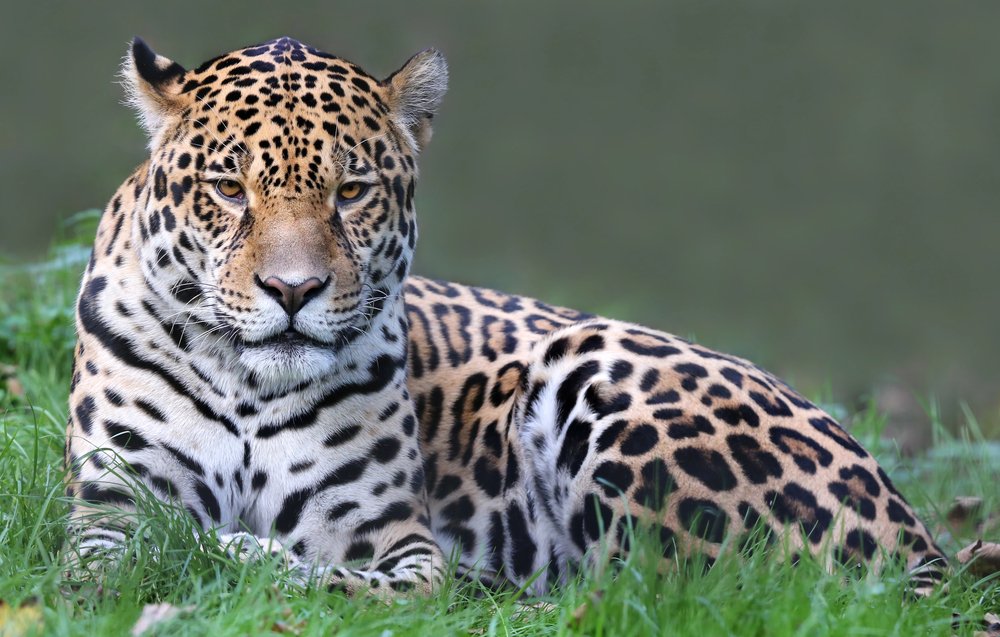
The jaguar has a rich evolutionary history, with roots tracing back to the lineage of big cats that emerged around two million years ago. Fossil records reveal that jaguars once roamed a considerably larger expanse, reaching areas as far north as the United States. Over the millennia, changes in climate and geographical barriers contributed to their current distribution, primarily concentrated in Central and South America.
Role in Indigenous Cultures

Throughout history, the jaguar has held a significant place in the mythology and culture of indigenous peoples across the Americas. In ancient Mesoamerican civilizations such as the Maya and Aztec, jaguars were revered as powerful spiritual entities. They symbolized strength, leadership, and the ability to traverse the realms of the living and the dead. Many traditional stories and art forms continue to honor the jaguar’s cultural legacy today.
Habitat and Range of the Jaguar

Jaguars thrive in diverse habitats, ranging from tropical rainforests and swampy savannas to mountain scrublands and dry forests. Though they were once widely distributed across the Americas, today their populations are primarily found in the Amazon Basin, with smaller populations in North America, Central America, and the Pantanal region of Brazil. Habitat fragmentation and human encroachment pose ongoing threats to these majestic creatures.
Physical and Behavioral Characteristics
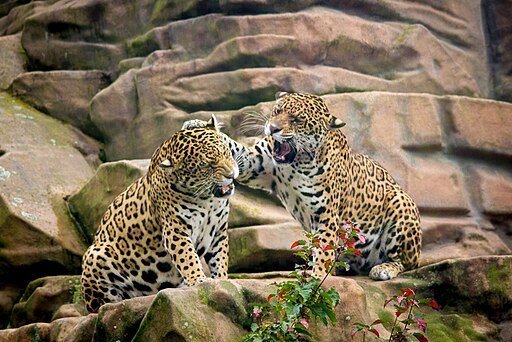
Renowned for their strength, jaguars are the third-largest cats in the world, after tigers and lions. They boast powerful jaws and the strongest bite relative to their size among big cats, capable of piercing tough armor-like reptilian skin and cracking bones. Jaguars are solitary nighttime hunters, employing ambush tactics to capture a wide variety of prey, including deer, capybaras, and even caimans.
The Plight of the Jaguar: Threats to Survival

Jaguars face multiple threats, including habitat destruction, poaching, and conflict with humans. Deforestation for agriculture and urban development has led to a significant loss of habitat, restricting the jaguar’s range and access to food sources. Illegal hunting, driven by the demand for their pelts and body parts, further exacerbates their plight. Additionally, retaliatory killings often occur when jaguars prey on livestock.
Conservation Efforts and Initiatives
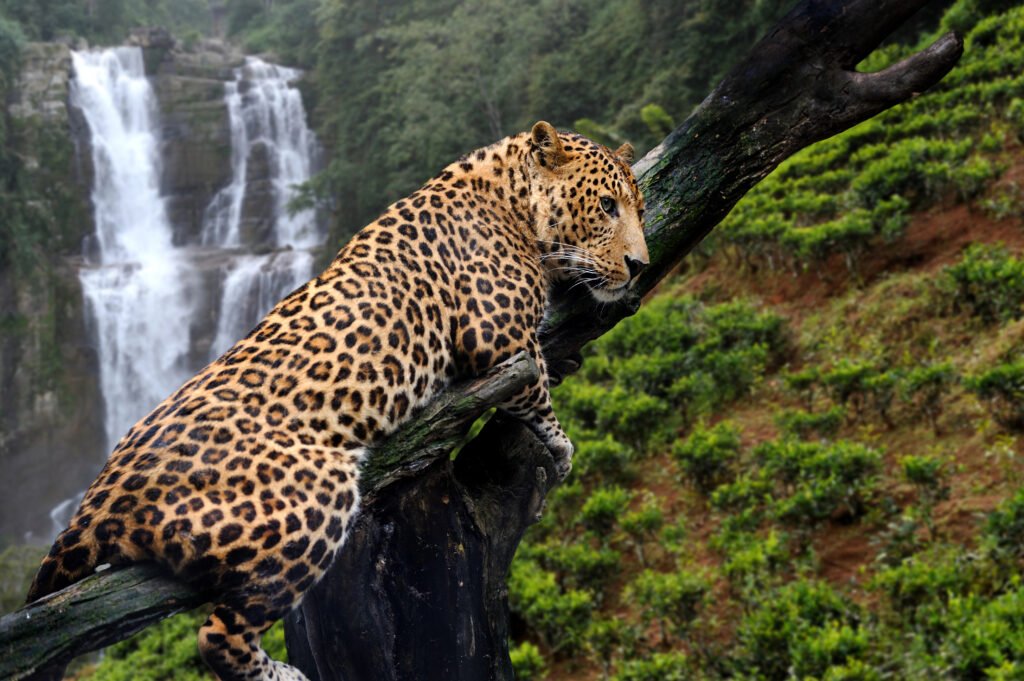
A variety of conservation programs and initiatives aim to secure the future of the jaguar. Governments, NGOs, and local communities in jaguar habitats are working together to establish protected areas, wildlife corridors, and sustainable coexistence strategies. The Jaguar Corridor Initiative, spearheaded by Panthera, seeks to provide continuous habitats that connect populations across Latin America, ensuring genetic diversity and movement opportunities.
Community Involvement in Jaguar Conservation
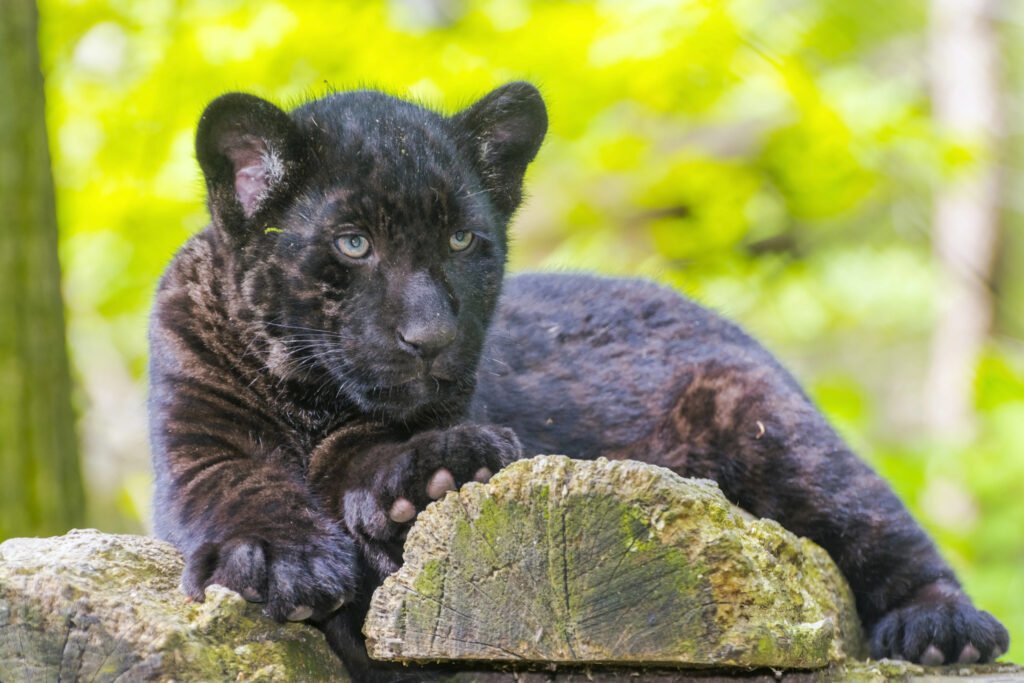
A critical component of successful conservation is community involvement. Educating and engaging local communities about the ecological and cultural value of jaguars is vital for their preservation. Programs focusing on alternative livelihoods, compensated coexistence, and eco-tourism initiatives aim to reduce human-jaguar conflicts and promote sustainable practices that benefit both people and wildlife.
The Future of Jaguars in the Americas
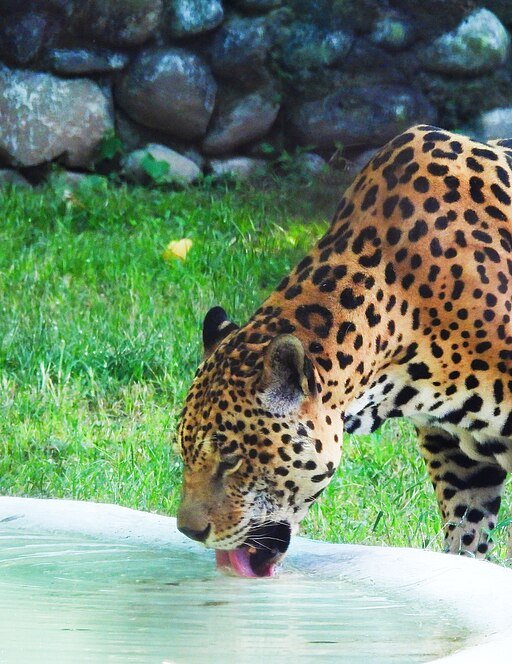
Despite the challenges they face, the future of jaguars is not devoid of hope. Ongoing research, increased awareness, and improved management of protected areas provide a promising outlook. Technological advancements, such as camera traps and GPS tracking, enhance understanding of jaguar behaviors and movements, informing more effective conservation strategies.
How You Can Contribute to Jaguar Conservation
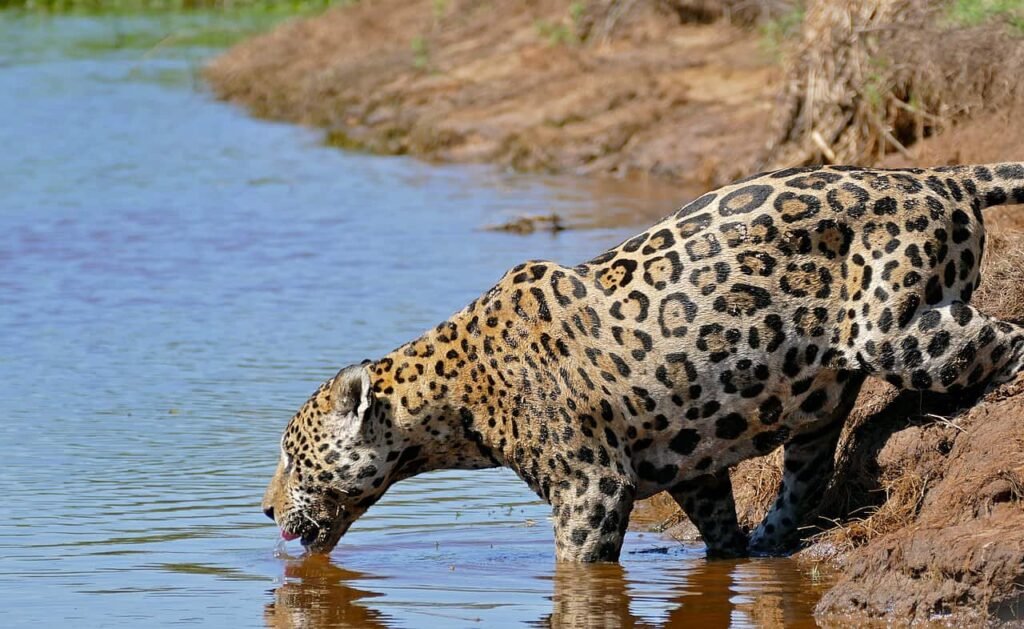
Individuals around the world can contribute to jaguar conservation by supporting organizations dedicated to protecting these magnificent cats. Participating in education campaigns, donating to conservation projects, supporting sustainable products, and promoting policies that protect wildlife habitats are powerful ways to make a difference. Together, we can ensure that future generations will continue to marvel at the presence of jaguars in the wild.
Conclusion: A Shared Responsibility
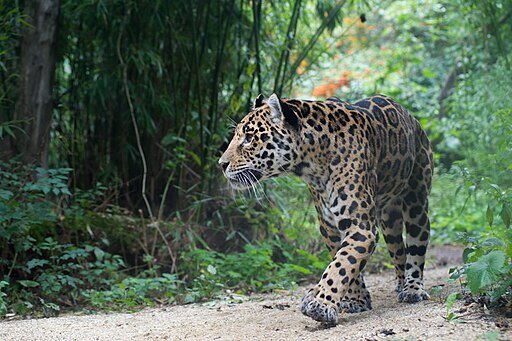
Jaguars are integral to the ecosystems they inhabit, playing a crucial role in maintaining the balance of their environments. Their majestic presence enriches the biological and cultural landscapes of the Americas. As stewards of the planet, it is our collective responsibility to protect these extraordinary creatures from extinction and ensure their survival for generations to come.






